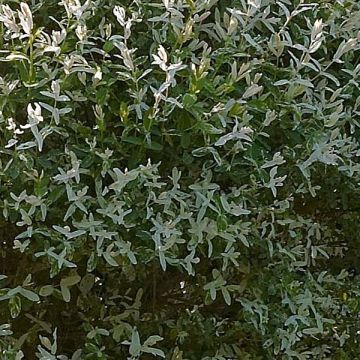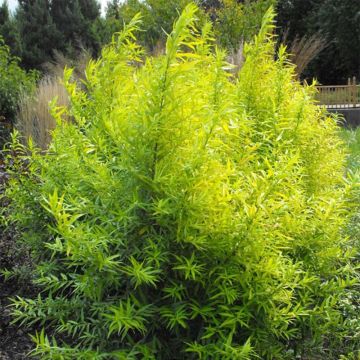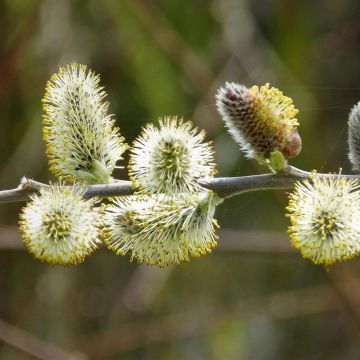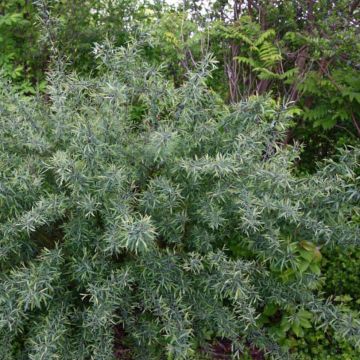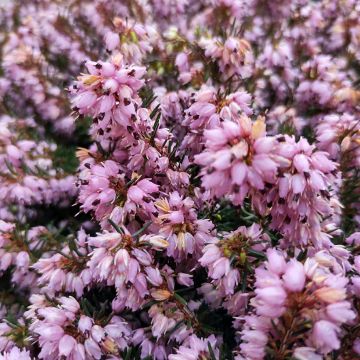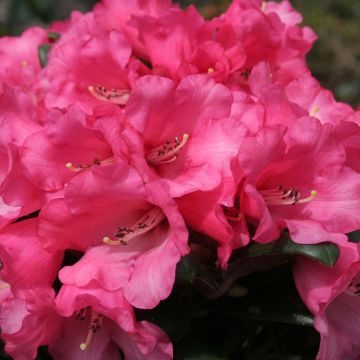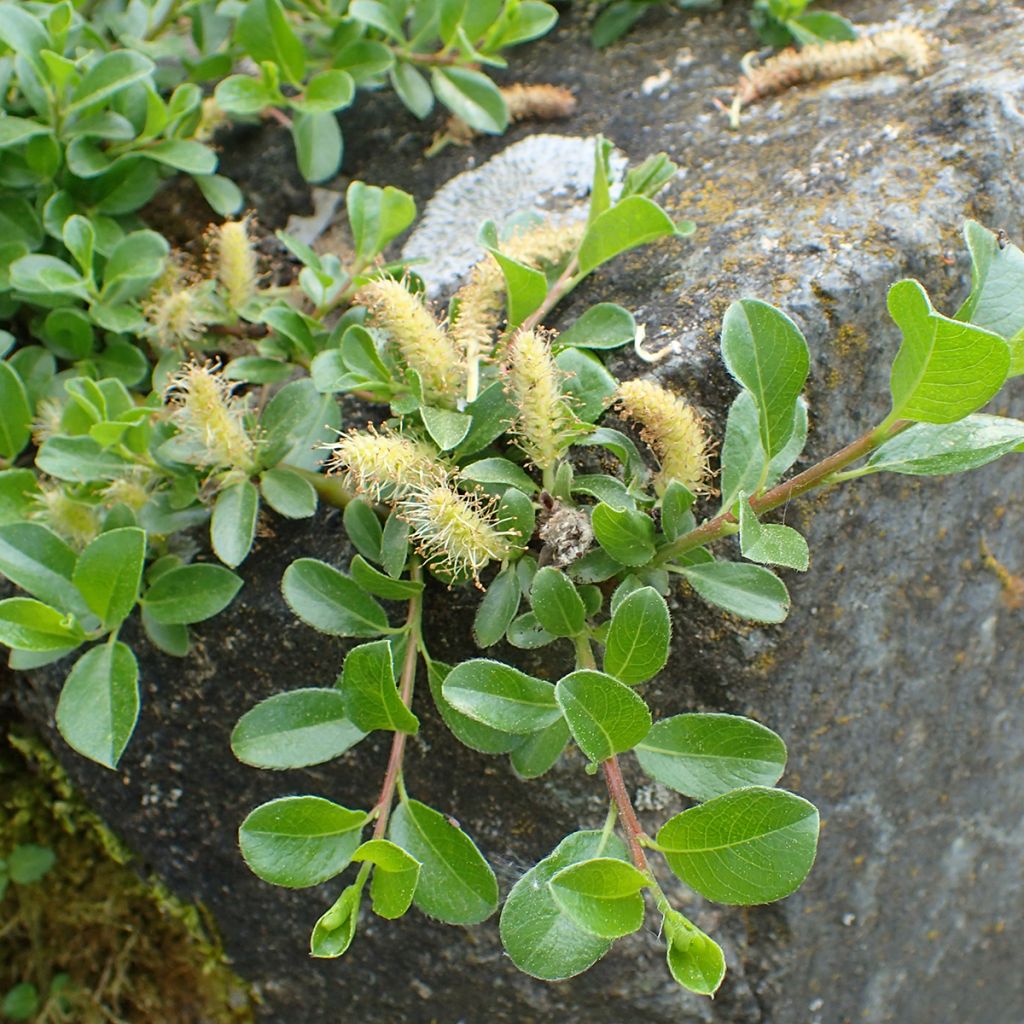

Salix simulatrix - Dwarf willow
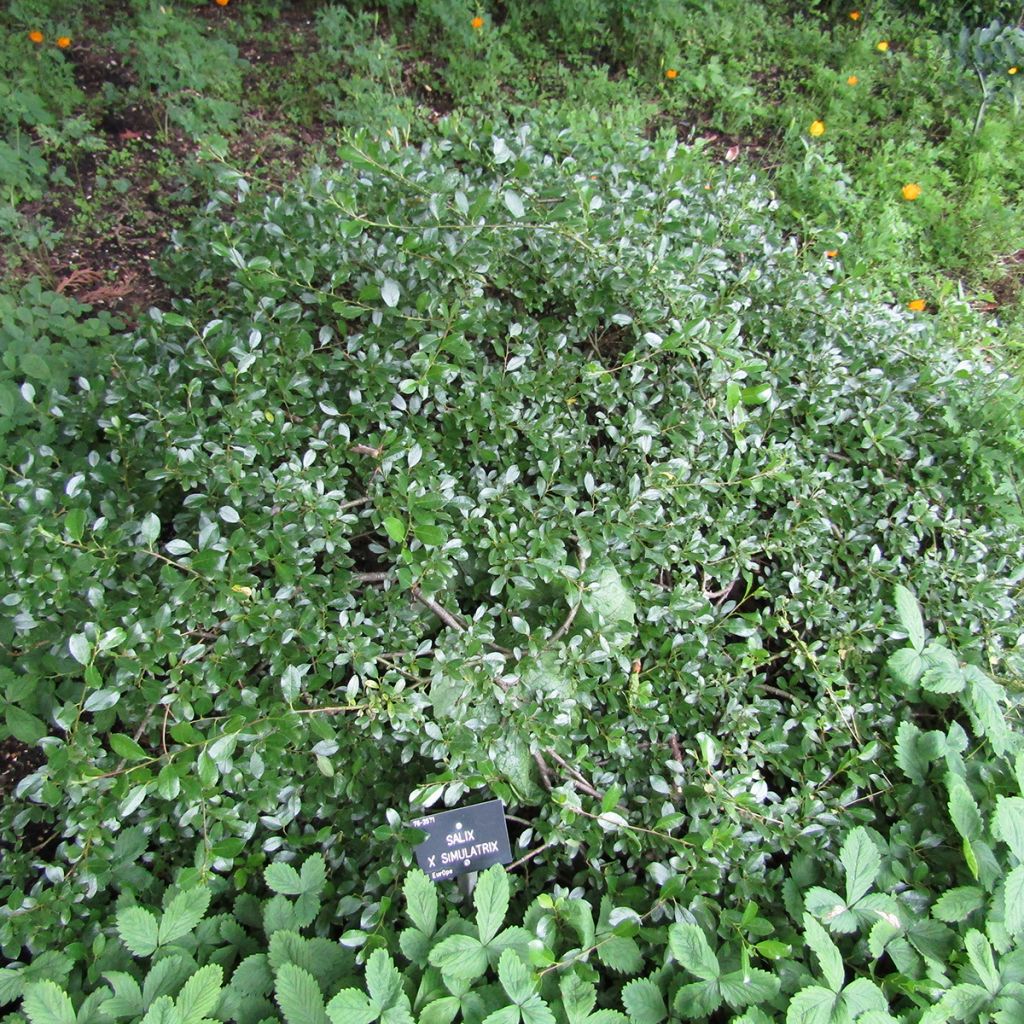

Salix simulatrix - Dwarf willow
Salix simulatrix - Dwarf willow
Salix x simulatrix
Dwarf willow
Special offer!
Receive a €20 voucher for any order over €90 (excluding delivery costs, credit notes, and plastic-free options)!
1- Add your favorite plants to your cart.
2- Once you have reached €90, confirm your order (you can even choose the delivery date!).
3- As soon as your order is shipped, you will receive an email containing your voucher code, valid for 3 months (90 days).
Your voucher is unique and can only be used once, for any order with a minimum value of €20, excluding delivery costs.
Can be combined with other current offers, non-divisible and non-refundable.
Home or relay delivery (depending on size and destination)
Schedule delivery date,
and select date in basket
This plant carries a 24 months recovery warranty
More information
We guarantee the quality of our plants for a full growing cycle, and will replace at our expense any plant that fails to recover under normal climatic and planting conditions.
Would this plant suit my garden?
Set up your Plantfit profile →
Description
Salix x simulatrix is a compact and slow-growing Willow, which forms a low and spreading cushion. Its medium to dark green foliage is composed of very small leaves with a slightly glossy surface. In spring, catkins appear before or at the same time as the foliage, bringing a touch of silver and then gold. This easy to grow species thrives in a wide variety of soils, as long as they retain moisture, and enjoys full sun, tolerating partial shade. It is an ideal hardy plant for creating a natural scene in a rockery.
This dwarf Willow belongs to the Salicaceae family, which is rich in about 55 genera, but few are known to gardeners, except for Willows and Poplars, as well as Azara in areas with mild winters, and Idesia appreciated by enthusiasts for its beautiful leaves. Willows are much more widespread with around 360 species mainly in the northern hemisphere and offer a diversity of forms, ranging from tall trees, some with weeping habit, to dwarf shrubs.
Salix x simulatrix belongs to this category of miniature shrubs. It is native to northern Europe, with a wide geographical range. Slow-growing, only growing 10 to 15 cm per year, it spreads along the ground to form a cushion 30 to a maximum of 50 cm in height, and 80 to 100 cm in spread. The main branches are dark brown and, produce a profusion of reddish-brown lateral branches, forming a dense and somewhat tangled network. The short branches are often curved and tend to stand upright at their tips. In spring, they are covered with small, more or less ovate leaves, measuring only 1.5 to 2 cm in length, carried on short petioles. Their upper surface is green, relatively dark and slightly shiny, while the lower, hairy surface is greyish or silvery.
Flowering takes place between March and May, sometimes starting before the appearance of the leaves, sometimes at the same time depending on the climate. Male and female subjects are separate individuals, as with all Willows. In this species, the catkins are oval to elongated and the same size as the leaves. They are very dense, a silvery colour at first, then turning a decorative golden yellow. At the end of the season, the deciduous foliage can turn yellow before falling to the ground, revealing the dense branching of the shrub.
This hardy, dwarf Willow will delight rockery enthusiasts, especially since its tolerance to limestone allows for a wider planting range than, for example, Salix repens. Its natural silhouette is particularly appreciated in a rockery where a natural rather than horticultural aspect is sought, and its miniature foliage is an undeniable asset. It can be associated with other rockery plants, especially small perennials to match its compact proportions. Mossy Saxifrage (Saxifraga arendsii Adebar) is one of them, forming a small green cushion resembling moss and which, in spring, is covered with tiny white flowers. Helianthemum nummularium is also a small ground cover well suited to rockeries, and it offers pretty single, bright yellow flowers throughout the summer. In the driest part of your rockery, plant the Carthusian Pink (Dianthus carthusianorum), whose fine green foliage is adorned with pretty small dark pink flowers in summer.
Report an error about the product description
Salix simulatrix - Dwarf willow in pictures


Plant habit
Flowering
Foliage
Botanical data
Salix
x simulatrix
Salicaceae
Dwarf willow
Northern Europe
Other Willow - Salix
View all →Planting and care
Plant this Creeping Willow preferably in autumn, in a very sunny or partially shaded position in a warm climate. It prefers loamy-sandy soils, but adapts to most soils, from moist to not too dry, even tolerating limestone. Soak the root ball in a bucket of water before planting to thoroughly saturate it. Dig a hole 40 cm on each side and in depth, and mix the existing soil with planting compost and coarse sand. In a rockery, place it near stone blocks to create an ornamental scene. The rocky surface will be partially hidden by the foliage in season, and will highlight the slightly twisted branching in winter.
Planting period
Intended location
Care
This item has not been reviewed yet - be the first to leave a review about it.
Similar products
Haven't found what you were looking for?
Hardiness is the lowest winter temperature a plant can endure without suffering serious damage or even dying. However, hardiness is affected by location (a sheltered area, such as a patio), protection (winter cover) and soil type (hardiness is improved by well-drained soil).

Photo Sharing Terms & Conditions
In order to encourage gardeners to interact and share their experiences, Promesse de fleurs offers various media enabling content to be uploaded onto its Site - in particular via the ‘Photo sharing’ module.
The User agrees to refrain from:
- Posting any content that is illegal, prejudicial, insulting, racist, inciteful to hatred, revisionist, contrary to public decency, that infringes on privacy or on the privacy rights of third parties, in particular the publicity rights of persons and goods, intellectual property rights, or the right to privacy.
- Submitting content on behalf of a third party;
- Impersonate the identity of a third party and/or publish any personal information about a third party;
In general, the User undertakes to refrain from any unethical behaviour.
All Content (in particular text, comments, files, images, photos, videos, creative works, etc.), which may be subject to property or intellectual property rights, image or other private rights, shall remain the property of the User, subject to the limited rights granted by the terms of the licence granted by Promesse de fleurs as stated below. Users are at liberty to publish or not to publish such Content on the Site, notably via the ‘Photo Sharing’ facility, and accept that this Content shall be made public and freely accessible, notably on the Internet.
Users further acknowledge, undertake to have ,and guarantee that they hold all necessary rights and permissions to publish such material on the Site, in particular with regard to the legislation in force pertaining to any privacy, property, intellectual property, image, or contractual rights, or rights of any other nature. By publishing such Content on the Site, Users acknowledge accepting full liability as publishers of the Content within the meaning of the law, and grant Promesse de fleurs, free of charge, an inclusive, worldwide licence for the said Content for the entire duration of its publication, including all reproduction, representation, up/downloading, displaying, performing, transmission, and storage rights.
Users also grant permission for their name to be linked to the Content and accept that this link may not always be made available.
By engaging in posting material, Users consent to their Content becoming automatically accessible on the Internet, in particular on other sites and/or blogs and/or web pages of the Promesse de fleurs site, including in particular social pages and the Promesse de fleurs catalogue.
Users may secure the removal of entrusted content free of charge by issuing a simple request via our contact form.
The flowering period indicated on our website applies to countries and regions located in USDA zone 8 (France, the United Kingdom, Ireland, the Netherlands, etc.)
It will vary according to where you live:
- In zones 9 to 10 (Italy, Spain, Greece, etc.), flowering will occur about 2 to 4 weeks earlier.
- In zones 6 to 7 (Germany, Poland, Slovenia, and lower mountainous regions), flowering will be delayed by 2 to 3 weeks.
- In zone 5 (Central Europe, Scandinavia), blooming will be delayed by 3 to 5 weeks.
In temperate climates, pruning of spring-flowering shrubs (forsythia, spireas, etc.) should be done just after flowering.
Pruning of summer-flowering shrubs (Indian Lilac, Perovskia, etc.) can be done in winter or spring.
In cold regions as well as with frost-sensitive plants, avoid pruning too early when severe frosts may still occur.
The planting period indicated on our website applies to countries and regions located in USDA zone 8 (France, United Kingdom, Ireland, Netherlands).
It will vary according to where you live:
- In Mediterranean zones (Marseille, Madrid, Milan, etc.), autumn and winter are the best planting periods.
- In continental zones (Strasbourg, Munich, Vienna, etc.), delay planting by 2 to 3 weeks in spring and bring it forward by 2 to 4 weeks in autumn.
- In mountainous regions (the Alps, Pyrenees, Carpathians, etc.), it is best to plant in late spring (May-June) or late summer (August-September).
The harvesting period indicated on our website applies to countries and regions in USDA zone 8 (France, England, Ireland, the Netherlands).
In colder areas (Scandinavia, Poland, Austria...) fruit and vegetable harvests are likely to be delayed by 3-4 weeks.
In warmer areas (Italy, Spain, Greece, etc.), harvesting will probably take place earlier, depending on weather conditions.
The sowing periods indicated on our website apply to countries and regions within USDA Zone 8 (France, UK, Ireland, Netherlands).
In colder areas (Scandinavia, Poland, Austria...), delay any outdoor sowing by 3-4 weeks, or sow under glass.
In warmer climes (Italy, Spain, Greece, etc.), bring outdoor sowing forward by a few weeks.






























